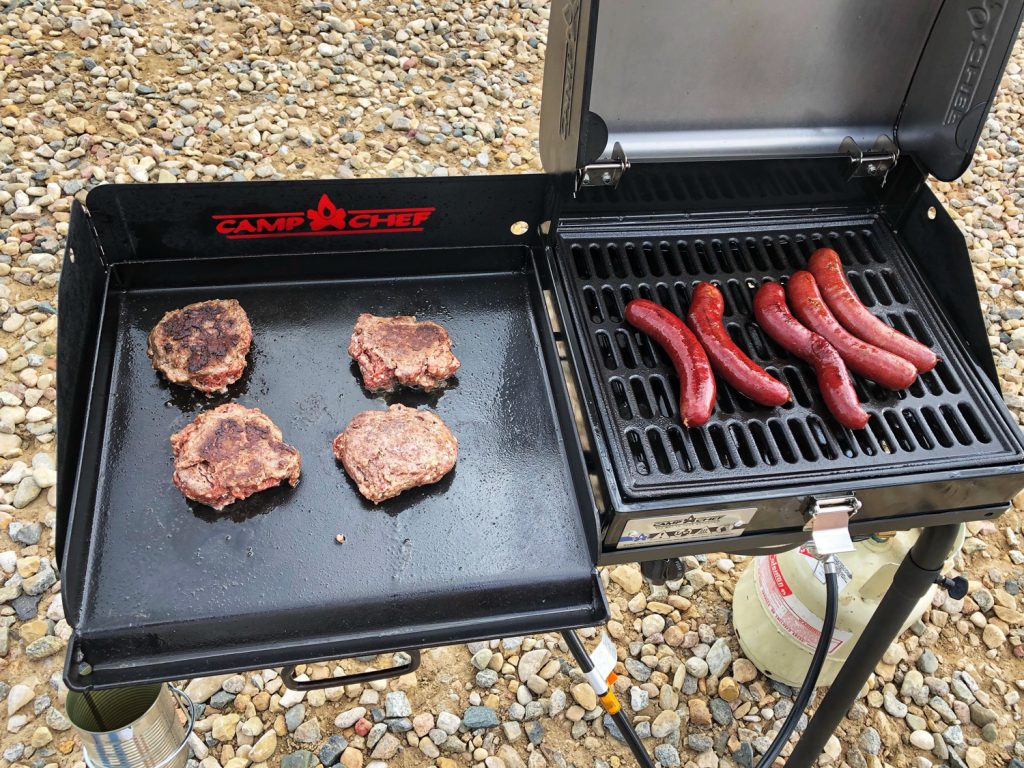Save Money Eat Deer
As it pertains to your grocery budget, the procurement of proteins via a DIY plan begins to gain significance with venison as a main focus.
Regardless of who you blame, consumer prices are jumping, including at the grocery store. Inflation aside, surprise global incidents, such as the ransomware attack on JBS, the world’s largest meat supplier, also spikes the price of meals in your shopping cart. Lastly, as corporations slowly monopolize sections of the economy, they have the power to control price. Rarely does it decrease. As it pertains to your grocery budget, the procurement of proteins via a DIY plan begins to gain significance with venison as a main focus.
Affordable
You and your spouse likely joke about the cost of a pound of venison when you add in extended hunting trips, drawn-out hunts for the 30-pointer and all the new gear you “desperately need.” Hunting should be about an enjoyable adventure, but if you simply want to cut food bills, focus on hunts close to home for antlerless animals. Look at it this way, a single deer can provide more than 50 pounds of deboned, lean meat.

Begin with the fact that most big-game populations harbor higher densities of females than males. That increases your odds of venison success significantly. Many states issue extra antlerless permits to manage these populations, giving you added opportunities to fill the freezer with more than one animal. And in many instances, states hope to incentivize hunters to purchase these antlerless licenses with reduced rates. Youth permits are often under $30. In the West, you can pick up an antlerless elk tag for under $50 in some states. Harvest just one or two within a short drive of home and do your own processing for inexpensive main entrees.
Organic and healthy
Wild animals are far removed from the world of growth hormones, steroids and antibiotics that many domesticated livestock face before butchering. This organic, free-range choice in meat provides a healthy option to your table. It also has appeal to the younger generation, including millennials and Gen Zers who are motivated toward a less impactful lifestyle.
The health benefits alone beg you to add more venison to your meat supply. Wild game meat has up to 50% less fat than beef with just a trace of carbohydrates. This lean protein is low in cholesterol, has less calories than commercially raised beef and is loaded with good elements such as iron and a multitude of B vitamins, proven to reduce surprise heart attacks and strokes.
Who knows where this inflationary trend and questionable consistency of the food supply chain will lead to in the future? Take control of your budget, provide for your family, maintain your health and help in the management of area wildlife. Eat venison.
